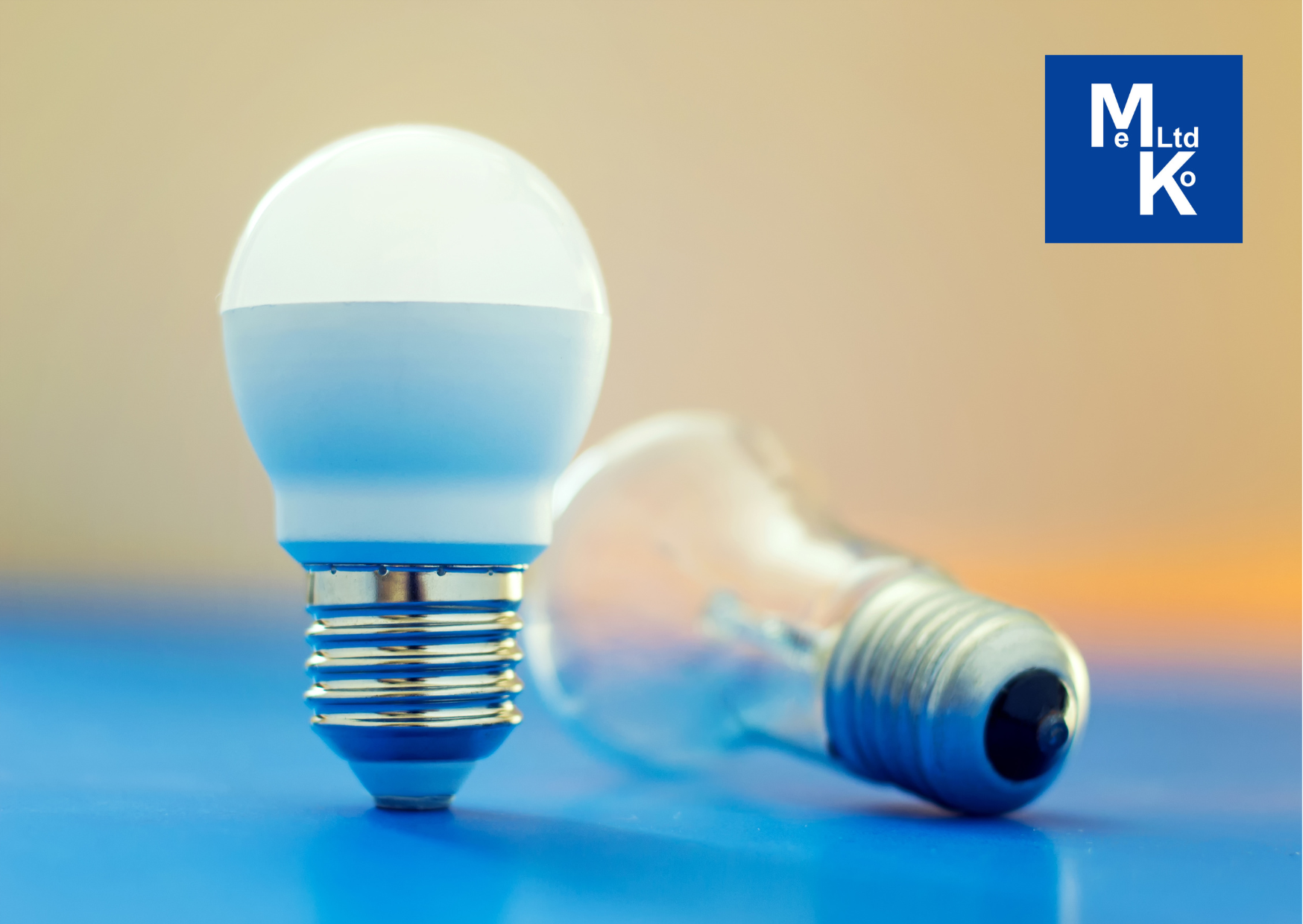An LED (or light-emitting diode) is a semiconductor device that illuminates and produces visible light when electrical current passes through it. But the way in which it uses electricity is largely different when comparing to a normal household light. When comparing the two, how much do you actually save by using an alternative?
LED lights produce light more efficiently compared to standard incandescent light bulbs or compact fluorescent lamp (CFLs), making them less costly to use. When using less energy, this in turn saves money and time in the long run, as they are technically designed so that they prevent the flow of electricity when it’s not connected to the right ends of the voltage source, which means they don’t produce unnecessary heat that would only waste energy and therefore cost.
On average, an LED light will last around 50,000 hours before it needs to be replaced (much longer than traditional incandescent bulbs, which only have a lifespan of around 1,000 hours). LED lights have a direct lighting capability, which means a lesser number of LED lights can provide the same amount of lighting as several traditional light bulbs. In fact, it would take around 50 traditional bulbs to serve the lifespan of 1 LED bulb.
So let’s say that you have a lightbulb on at home for an average of 5 hours throughout the day (1 hour in the morning, 4 hours in the evening). A normal CFL bulb will begin to dim and become less efficient after just 6 months of use, or a little over 1000 hours of being on, whereas an LED light will last up to 25 years when using it for the same amount of time (5 hours a day average) before it begins to dim! But there must be side effects, right? An LED light must be dimmer than a normal bulb already? You would be wrong.
Traditional light bulbs need a high amount of energy to provide a certain level of brightness, whereas LED lights use lesser energy to provide the same level of brightness (lumens). So here begs the question, why do people still use traditional bulbs over LED alternatives when the difference in saving is huge?
Let’s look at the math…
The average LED light bulb that is used 5 hours per day will save £10-£20 pounds per year in energy costs versus an incandescent bulb. This means if you switched 10 light bulbs in your home for LED variants, you could be saving up to £200 each year in electricity. Residential LED lighting products use at least 75% less energy than incandescent or CFL lighting products. In fact, most LED light bulbs only use between two to 17 watts of electricity, which is around 60% to 90% lesser than incandescent or CFL lighting.
If you want to know how much LED lights save in your home, this perfect LED cost savings calculator which will allow you to do just that. You can see exactly how much you will save per month or per year when converting from an incandescent to an LED bulb.
www.lighting.philips.co.uk/consumer/led-lights/led-savings-calculator
There are many reasons as to why you should be making the switch over to LED lighting products for your home or workplace. While LED lights are more expensive compared to other types of light bulbs when buying them off a shop floor, they are more cost-effective in the long run, considering its long lifespan and the amount of energy it needs to provide a certain level of brightness. LED lights are most certainly the best choice for the safety of our environment and for reducing your running costs, so make sure you contact us today if you are in need of installation aspects, no matter the difficulty.

